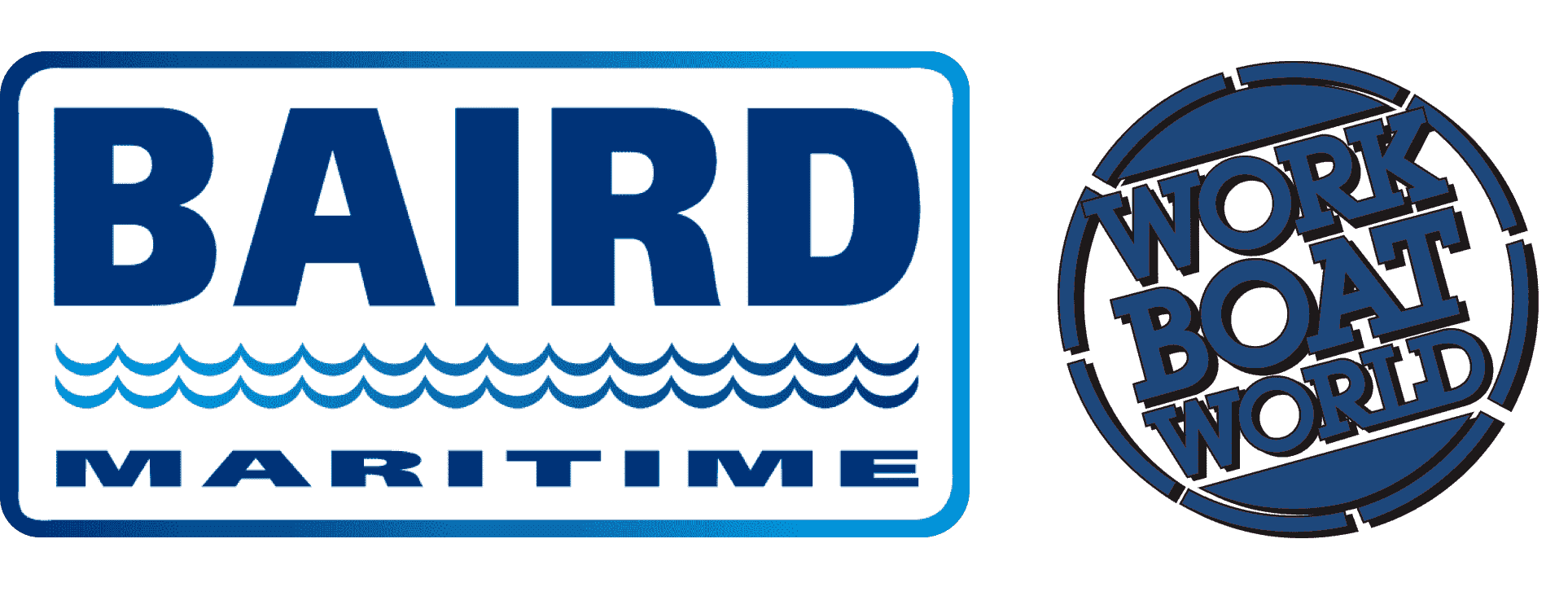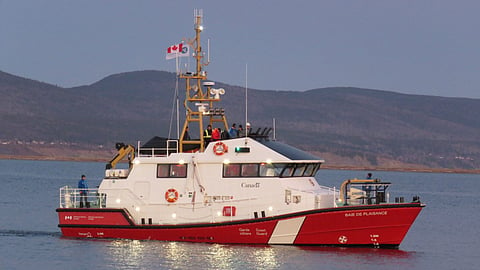AWARDS 2024 | Best Medium SAR Boat – CCGS Baie des Chaleurs – Robert Allan Ltd
A very impressive new aluminium search and rescue (SAR) vessel has commenced operations on Canada’s east coast. Designed by globally renowned Robert Allan Ltd (RAL) of Vancouver, this 19-metre, self-righting vessel is a development of the British Severn-class lifeboats operated by the Royal National Lifeboat Institution.
Fast and durable and incorporating all manner of self-protective features, the boat will be able to work successfully in the most testing sea conditions.
"The design is customised to provide optimal seakeeping capabilities for SAR operations, and other operations such as emergency towing, medevac and other assistance," Lawren Best, Director of Design Development at RAL, told Baird Maritime.
"The exceptional capabilities of Baie des Chaleurs were proven in service and resulted in [the Canadian Government] increasing its order from 10 to 20 vessels."
Best said that while the Bay-class design is based on that of the Severn-class vessels, the evolution of the configuration to suit Canadian Coast Guard operational needs, class and Transport Canada regulatory requirements and the aluminium construction resulted in, "a completely new and unique vessel design."
"This process included extensive structural analysis for wave impact and self-righting load cases, mostly done by finite element analysis. Although it is a relatively large self-righting vessel, space is still at a premium as the vessel need[s] to be capable of performing a very wide range of roles."
Ease of maintenance while being deployed across multiple operational regions along Canada’s extensive coastline was also a major design consideration, according to Best.
"As throughputs of constrained or new ports increases, maritime authorities will need to increase investments in emergency vessels," Best commented when asked about the future of the emergency services industry.
He clarified, however, that there is also the opportunity to increasingly task and compensate commercial operators already working in the areas to assist in emergency preparedness and response when needed.
"For example, tugs are on the water daily with well-trained mariners familiar with local waters and infrastructure and so can not only provide escort towing services to prevent groundings or allisions," he told Baird Maritime, "but when included within their mandate, [they may also] be outfitted to support firefighting and spill response capacities."
For a list of the 2024 "Best Of" award winners, please click here.




